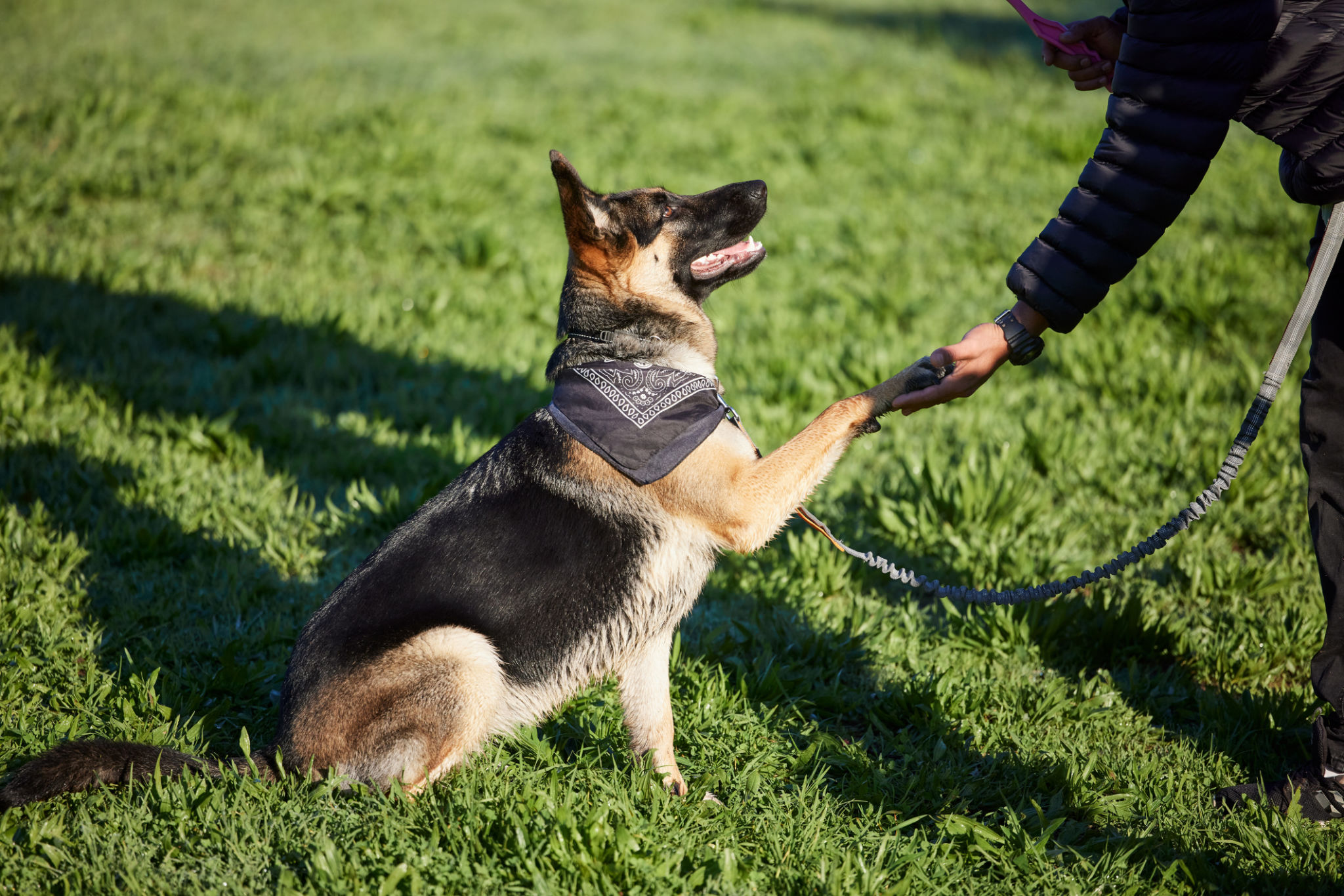Preparing Your Home for a Protection Dog: What You Need to Know
Understanding the Role of a Protection Dog
Protection dogs are not just pets; they are highly trained animals that offer security and companionship. Before bringing one into your home, it’s essential to understand their needs and the unique role they will play in your household. These dogs are trained to respond to threats, follow commands, and maintain a high level of discipline. Proper preparation is crucial to ensure a smooth transition for both the dog and your family.

Preparing Your Home Environment
Creating a safe and accommodating environment is the first step in preparing for a protection dog. You’ll want to ensure that your home has enough space for the dog to move around comfortably. Designate specific areas for sleeping, eating, and training. These areas should be free from distractions and hazards. It's important to remove any items that could potentially harm the dog or be damaged by its presence.
Establishing Routines and Boundaries
Protection dogs thrive on routine and structure. Establishing clear boundaries and consistent routines will help your new companion adapt quickly. Set regular feeding times, exercise schedules, and training sessions. Consistency will help reinforce the behaviors you want to encourage. Make sure all family members are aware of these routines and stick to them diligently.

Introducing Family Members
When introducing a protection dog to your family, it’s vital to do so gradually. Allow the dog to meet each member individually in a calm setting. This will help the dog become familiar with everyone’s scent and presence without feeling overwhelmed. Educate family members on how to interact with the dog, emphasizing the importance of respecting its space and following established rules.
Training and Socialization
While protection dogs come with specialized training, ongoing education is necessary. Engage in regular training sessions to reinforce commands and improve skills. Socialization is also key; expose the dog to different environments, people, and other animals under controlled conditions. This helps prevent unnecessary aggression or anxiety in unfamiliar situations.

Ensuring Physical and Mental Stimulation
Protection dogs require significant physical and mental stimulation. Regular exercise is essential to keep them healthy and happy. Activities like fetching, running, or agility training are excellent ways to engage their physical abilities. Mental stimulation can be achieved through puzzle toys or advanced obedience training that challenges their intellect.
Health and Veterinary Care
Maintaining your protection dog’s health is a priority. Schedule regular veterinary check-ups to monitor their well-being and ensure they are up-to-date on vaccinations. A balanced diet tailored to their specific needs is also crucial. Consult with your vet to determine the best nutrition plan that supports their active lifestyle.
Emergency Preparedness
Lastly, consider how your protection dog fits into your emergency preparedness plans. In case of a natural disaster or emergency, have a plan that includes provisions for your dog. This might involve an emergency kit containing food, water, and medical supplies specifically for them.
- Review emergency exits with the dog.
- Practice evacuation drills that include the dog.
- Ensure identification tags are updated with current contact information.
By taking these steps, you can create a safe and welcoming environment for your protection dog, ensuring they become a valuable member of your family while fulfilling their important role.